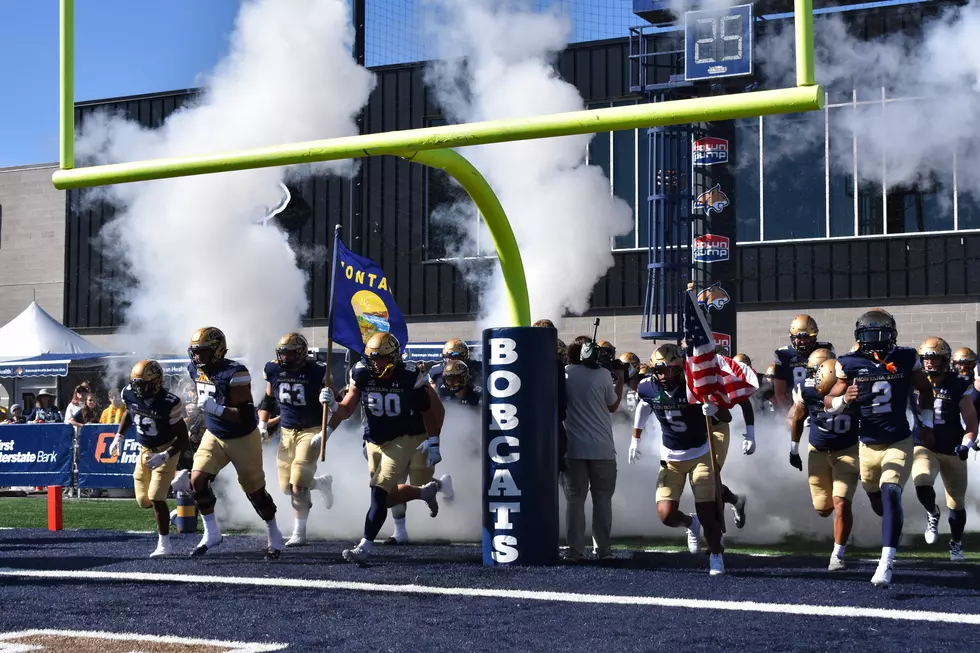
Trickle Down Economics: What It Is and Why It Works
The term, “trickle down economics” is usually associated with the policies of the Ronald Reagan presidency. Actually you’d need to go all the way back to the early 1920’s when humorist Will Rogers said, “The money was all appropriated for the top in the hopes it would trickle down to the needy.” Will didn’t realize what a prophet he would turn out to be.
How Does “Trickle Down Economics” Start?
Perhaps a better question would be how does trickle down economics start in the real world? To examine that question I will use a real world example. Jeff Riggs is the owner of “Clark’s Fork” restaurant in Bozeman, Montana. He’s a graduate of Montana State with a degree in business. Like many businesses, he was going to have to borrow some startup costs to get his restaurant business off the ground. Eleven banks turned down Jeff’s business plan for his restaurant idea. That’s not a typo. ELEVEN!! How many of you reading this would have that kind of tenacity? Bank twelve finally said yes.
Trickle Down Begins
Jeff has the OK. The first order of business is the building and fixtures. Money begins to “trickle down” from Jeff’s loan to accountants, carpenters, decorators, web designers, restaurant suppliers, architects, plumbers, advertising media and food vendors to name just a few. Jeff hires employees, and money begins trickling down to them. Jeff sets a September opening date. Due to inspections, modifications and other hold ups the restaurant doesn’t open until January. Jeff continues to pay employees while jumping through bureaucratic hoops even though the business has yet to produce a single penny of income. During this process he learns he did not borrow enough money. Jeff is scrambling for every possible asset he can use to the keep the business afloat.
Trickle Down to The Breakeven Level
Finally the restaurant is open and it’s an immediate success and Jeff starts paying off debt. No real profits just yet. Over time the business reaches the breakeven level where the business is producing enough money to keep the doors open without additional funds from Jeff. Finally Jeff can start taking a little profit out of the business and give employees a reward for sticking with him. Superior employees are promoted and more specialized people are hired. End of story; not quite.
Trickle Down from Trickle Down
Due to the success of this restaurant Jeff wonders about opening another one in another city. The new restaurant depends on the first restaurant to subsidize it until it reaches the breakeven level. Jeff is back to taking little to no profit out of the restaurant due to the drain of the new location. Finally the second restaurant is a success, reaches the breakeven level, and Jeff begins to see the light of day again.
Is a third restaurant possible? Jeff opens his third restaurant in a third city. Now he is traveling between stores, an extra expense, while hiring and buying all the products and services the three stores require.
Trickle Down Towns
Population can have positive or negative effect on the trickle down equation. If a town has a super market, how many additional people have to move to that town to make a second super market feasible? These are the kinds of numbers major chains examine when scouting desirable locations. The converse is true that if enough people leave a city or town then businesses close and the economic stability of that town collapses.
Some Final Thoughts
Let’s return to Jeff’s story for a moment and look at what you are missing. As we followed Jeff’s successful journey who benefited first from Jeff’s determination? It sure wasn’t Jeff was it? The real beauty of trickle down economics is that it affects the people at the bottom before it affects those at the top. Before Jeff saw a dime the employees got paid, plumber, carpenter, food vendors, etc. all started making money long before Jeff.
And for Jeff it was the love of building something that made people happy. Happiness trickles down too. No business, including Jeff’s, can prosper long unless it helps someone. And when that happens, the dollars that are spent at Clark’s Fork trickle down to employees, vendors and everyone else involved in delivering a positive dining experience. Anything left over, after everyone else has taken their “fair share,” belongs to Jeff.
It’s just not possible to make the case that the rich have it made, or they get all the breaks. They are the last stop in the trickle down chain. Yes, the money flows in at the top, but the profits, if there are any, flow out the bottom. And the business owner is at the end of the line.
More From KMMS-KPRK 1450 AM








